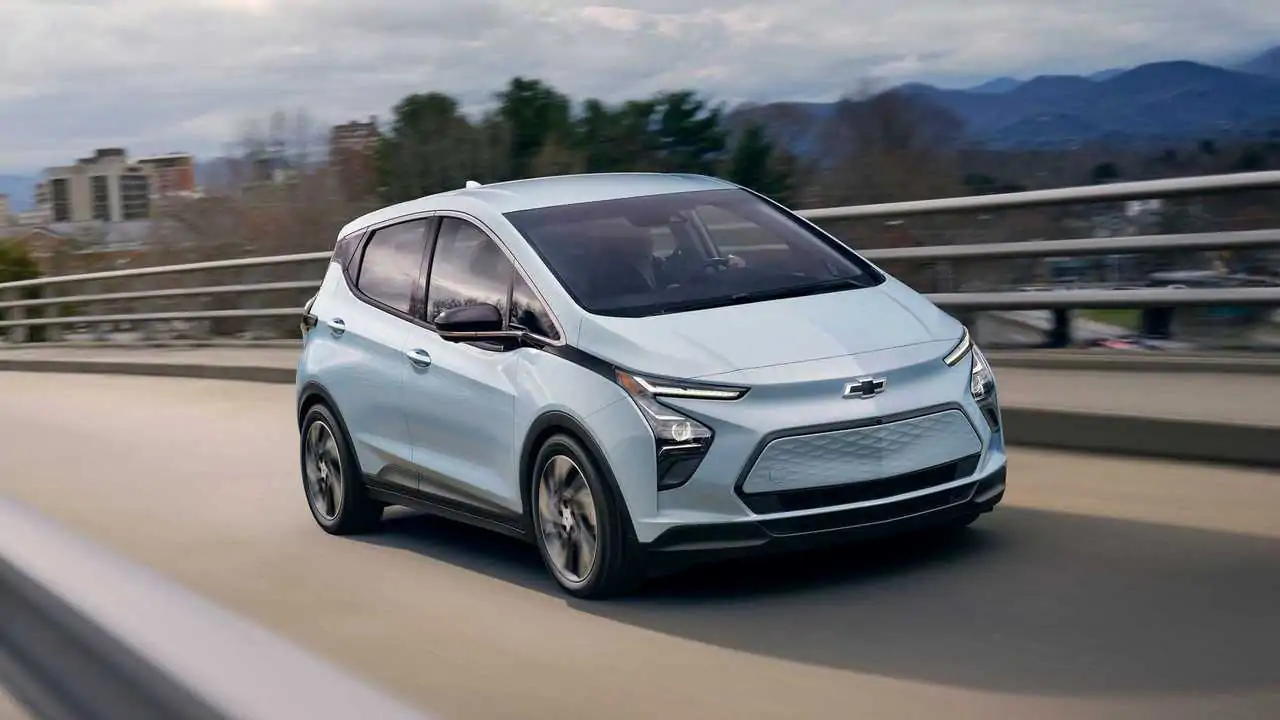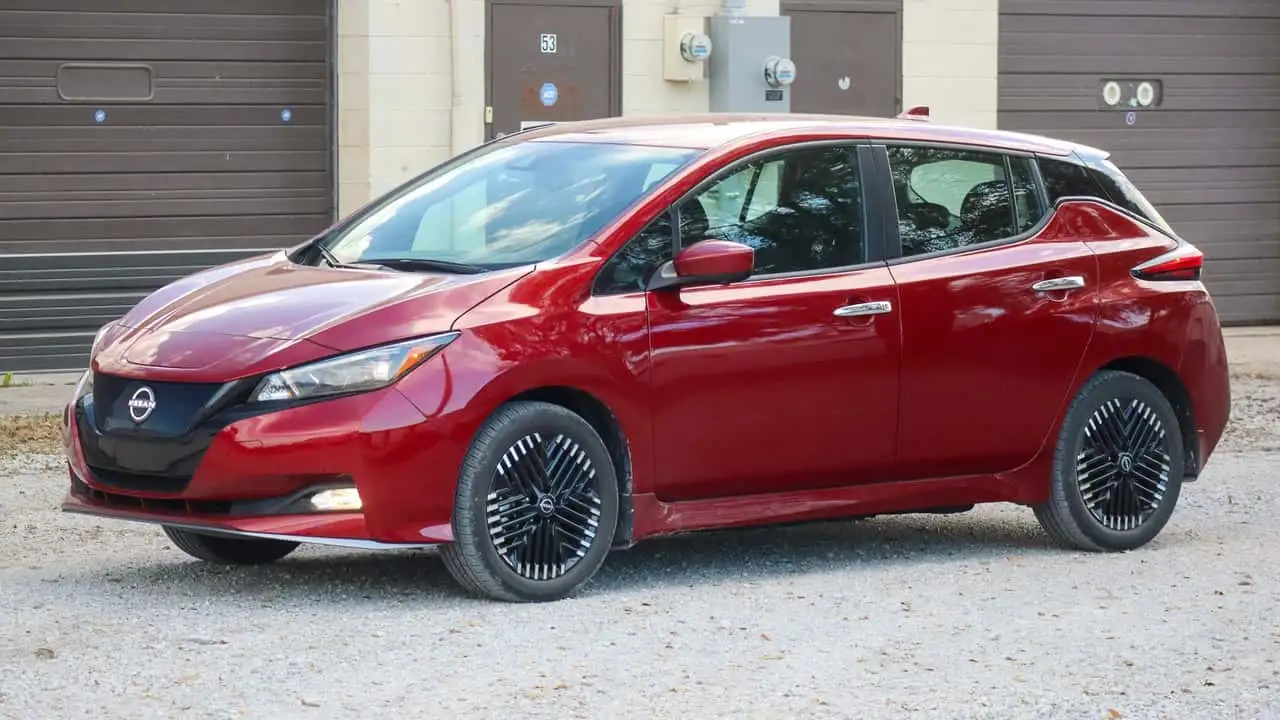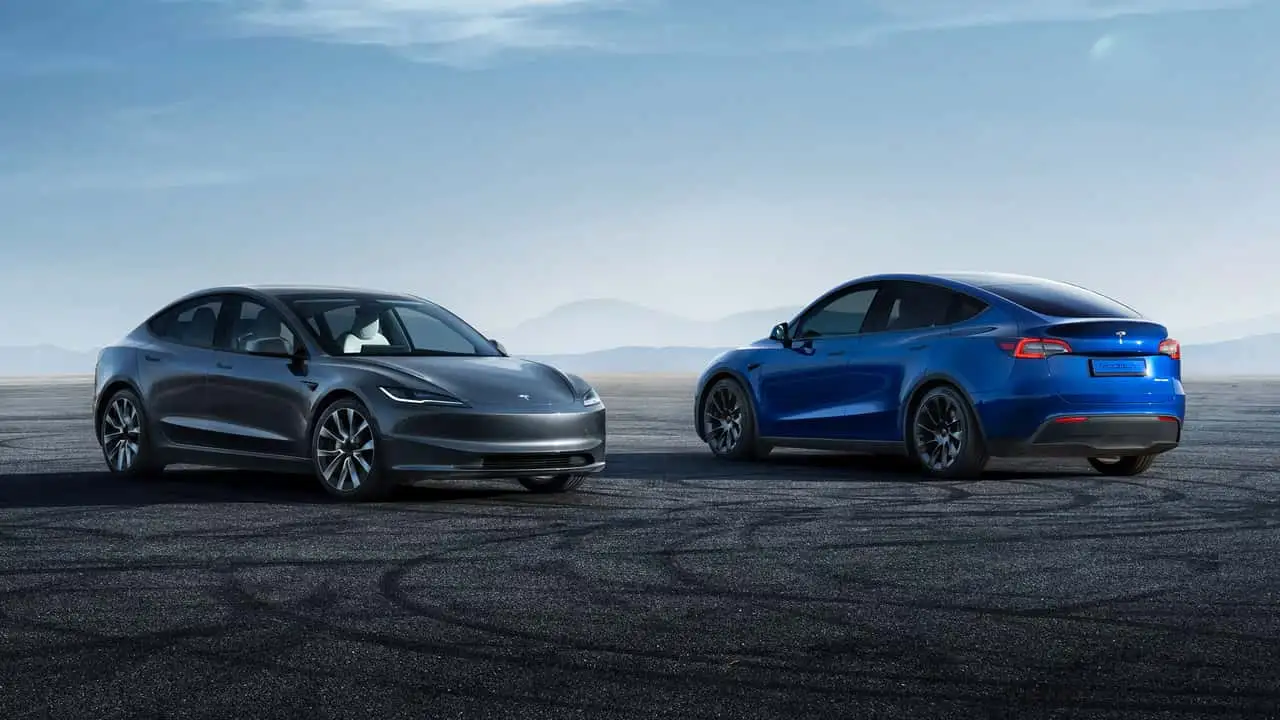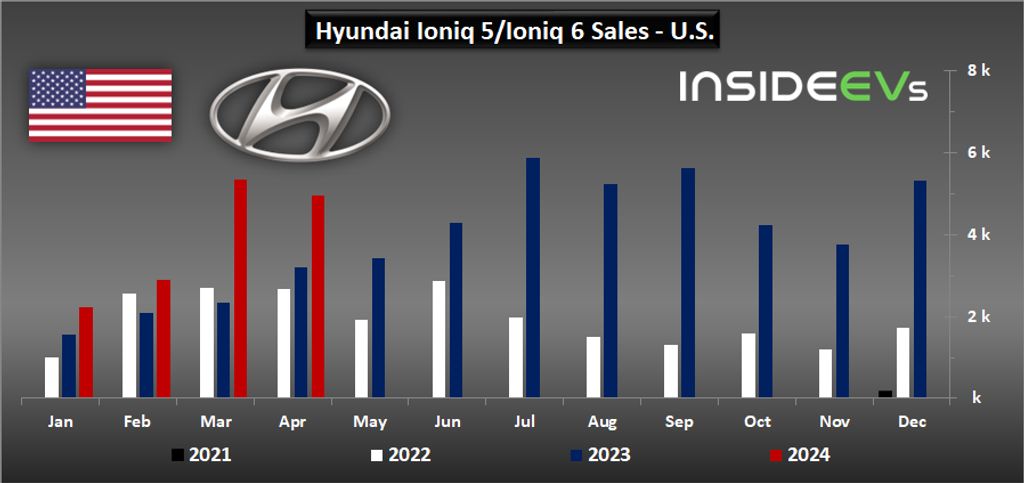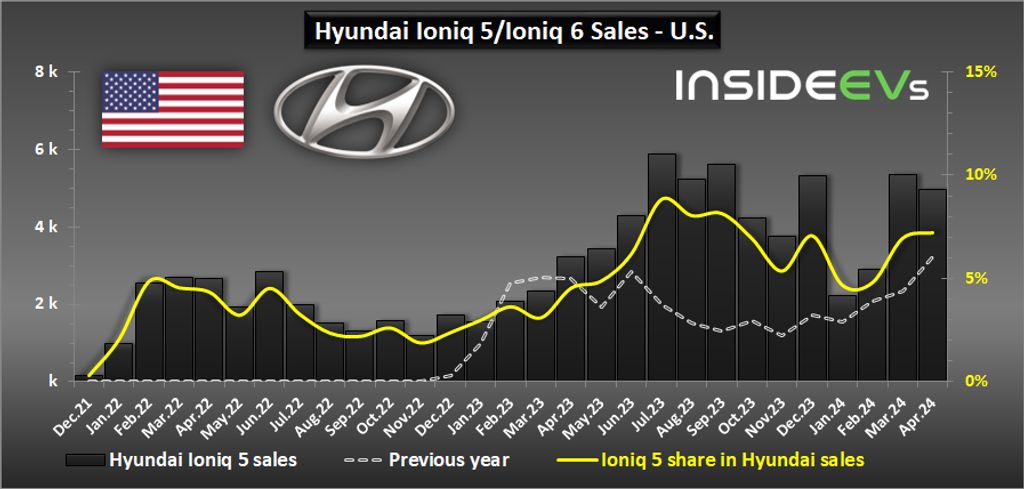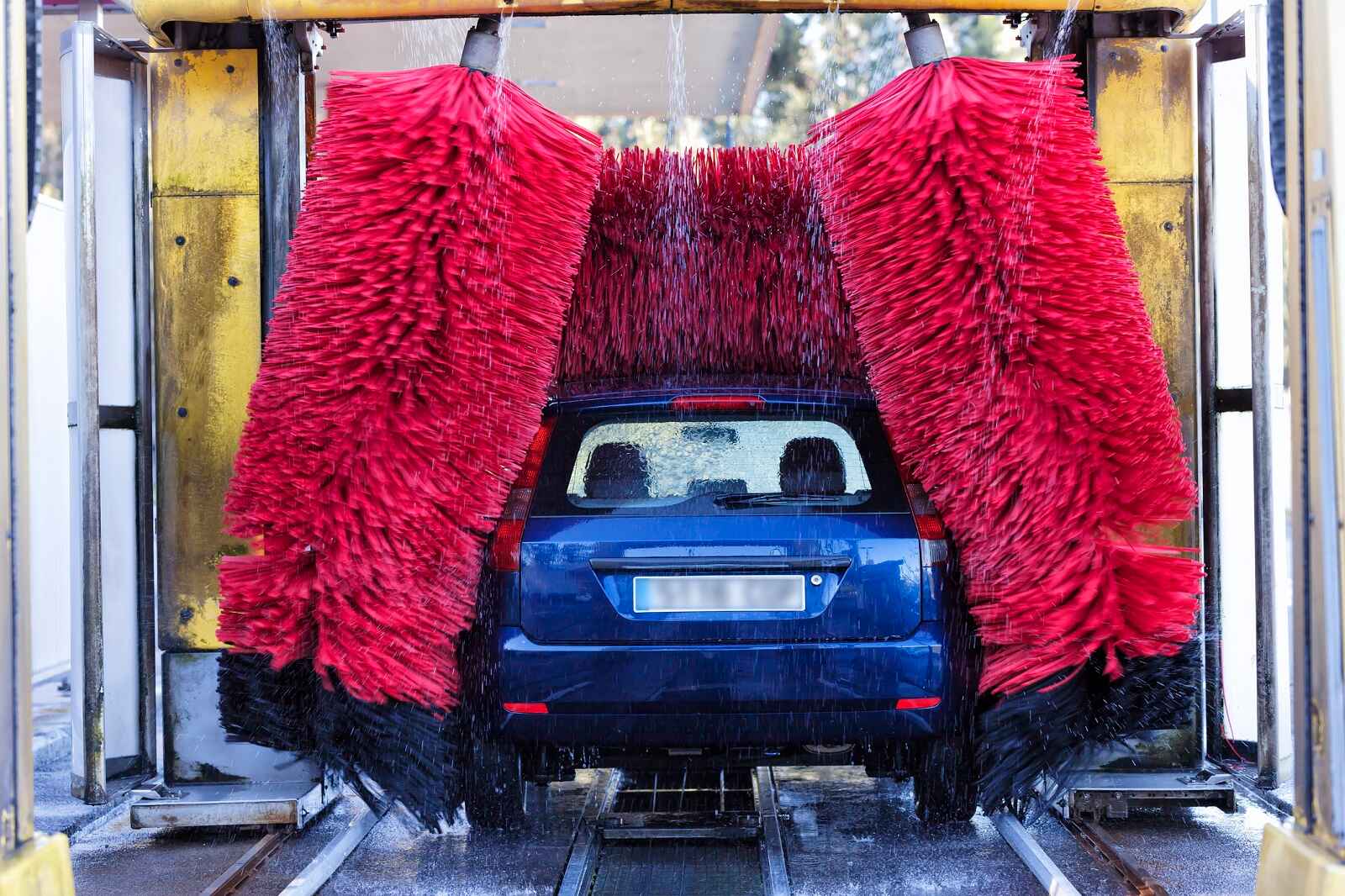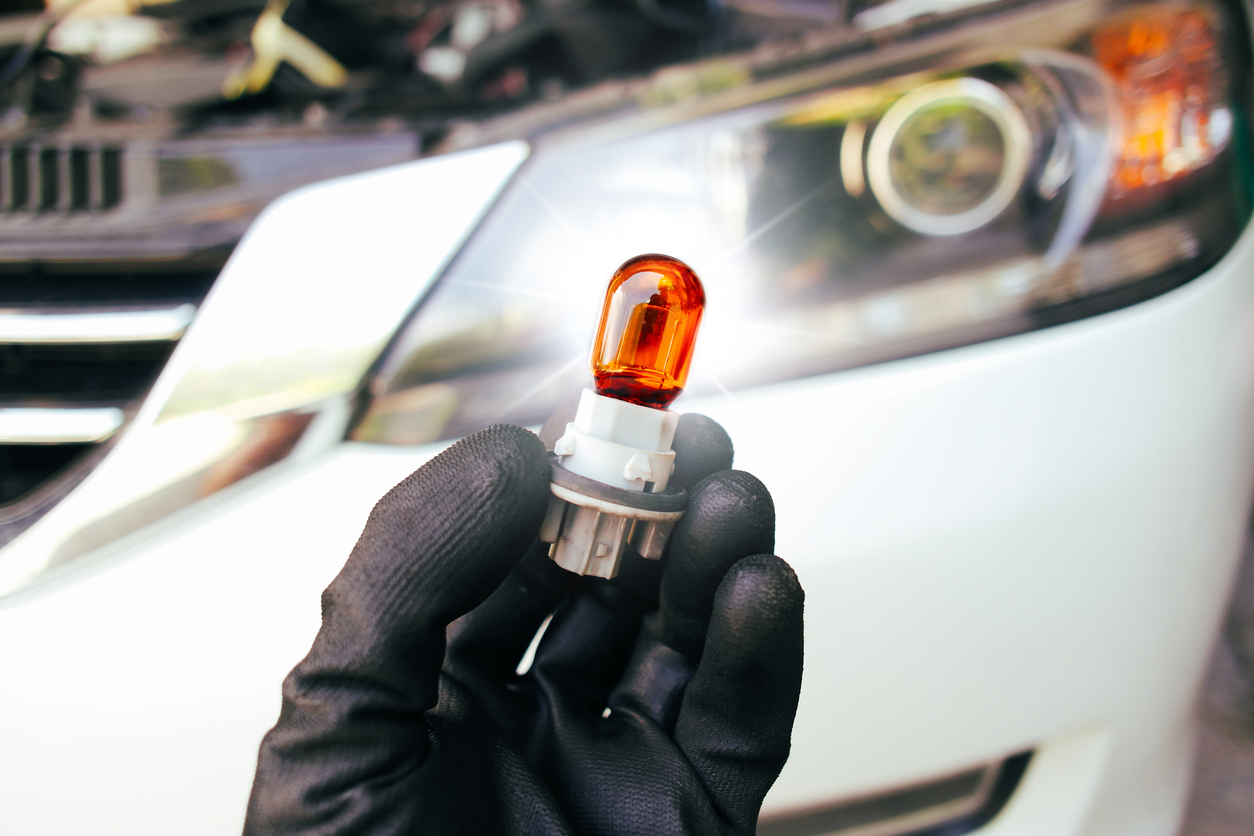Ayrton Senna da Silva was a Brazilian-born Formula 1 driver. He raced from 1984-1994–winning his first World Championship in 1988, and dying in a 1994 crash. He was just 34 years old.
When a racing driver or other notable figure dies young, many folks wonder aloud at “what could have been.” The James Deans and Jimi Hendrixes of the world may owe some portion of their status to the fact that we’ll never knew how great they could have become. Senna’s early death cast a similar shadow over F1. But it is far from the only reason he’s famous: he won three world championships and 41 races. Senna is one of the all-time greats.
Modern Formula 1 V6s make around 840 horsepower. The cars have advanced aerodynamics–such as full-length underbody diffusers–which create 1,700 pounds of downforce to increase grip. Modern Formula 1 drivers are incredible athletes who must posses the precision of fighter pilots. But when Lewis Hamilton took a lap in one of Ayrton Senna’s old F1 cars he said he “couldn’t imagine” driving it in a race.
Why? When Senna started racing, F1 cars were 1,200 horsepower monsters. Hamilton added, “I think the cars back then were a lot less aero-efficient and aerodynamic reliant. It was more like a go-cart back then. Because they literally had big, huge tires with mechanical grip.”
Driving that era of F1 car faster than the competition required spending an entire race at the limits of its grip. Senna’s mastery of that danger zone was never more evident than when he was racing in the rain. His wet weather performances at the 1984 Monaco Grand Prix, 1985 Portuguese Grand Prix, and 1993 European Grand Prix still stand as some of the best of all time.
Senna’s death made a huge impact on Hamilton. And while driving Senna’s car he had a sobering realization. He said it felt like the car had a “cockpit you could almost punch through.” He added, “Driving around at those speeds, your wheel falls off, mechanic makes a mistake, you’re dead.” He admitted that without modern safety equipment, “The fine line between life and death was probably a lot narrower.”
Before Senna’s last race, he watched a rookie die during qualifying. One of the tragedies of Senna’s story is that he spent his final morning spearheading the formation of a Grand Prix Drivers’ Association to lobby for safer conditions. His efforts were too late to save his own life, but they inspired changes to make the sport safer for modern drivers.

